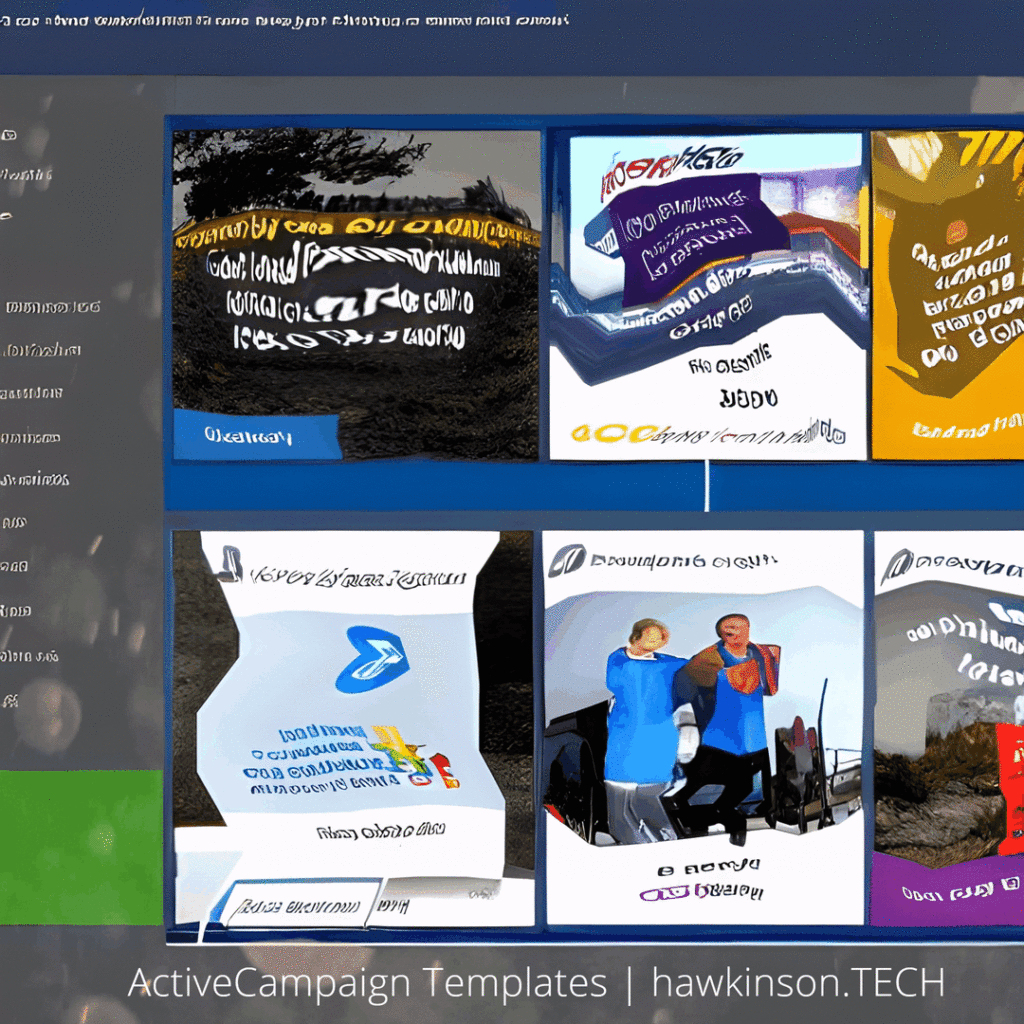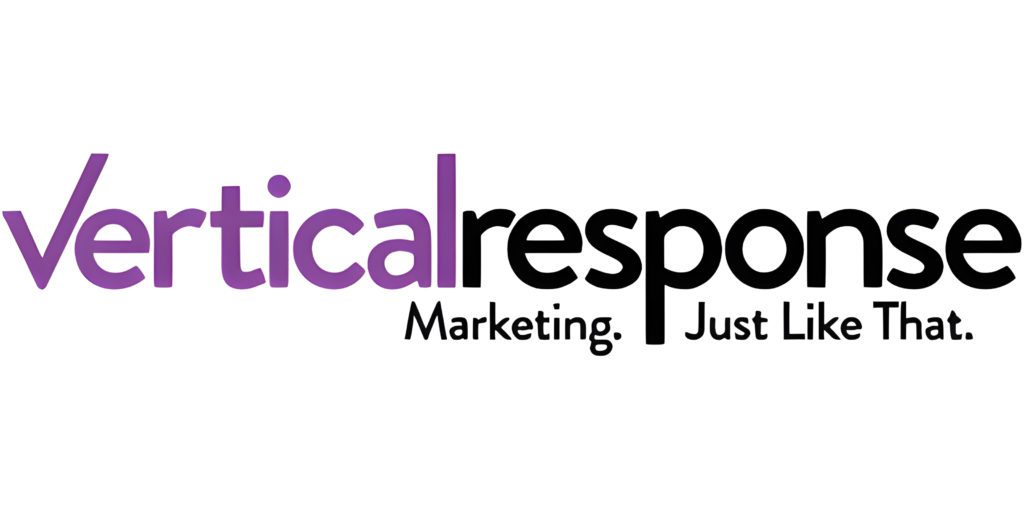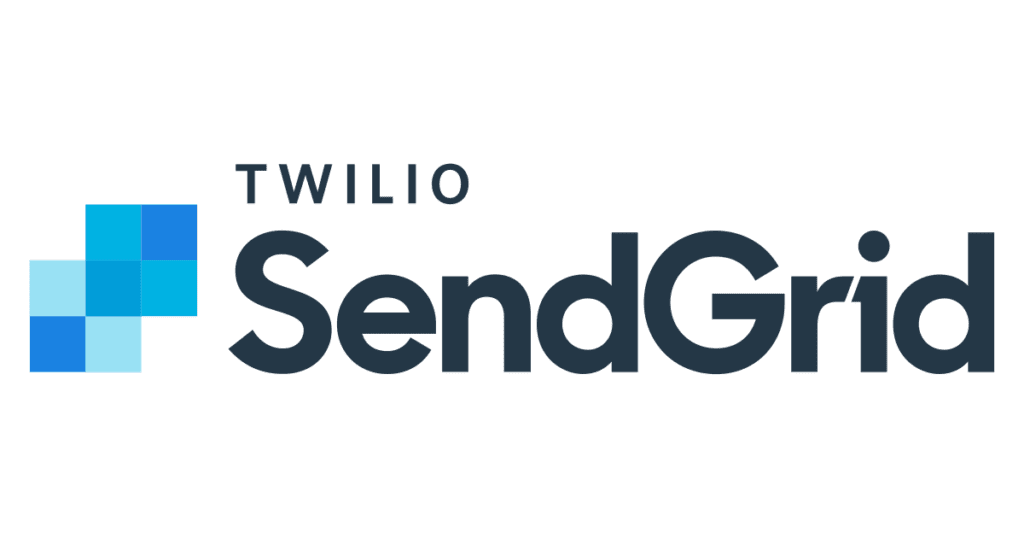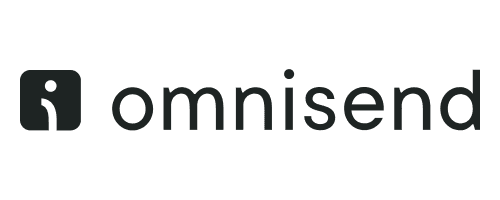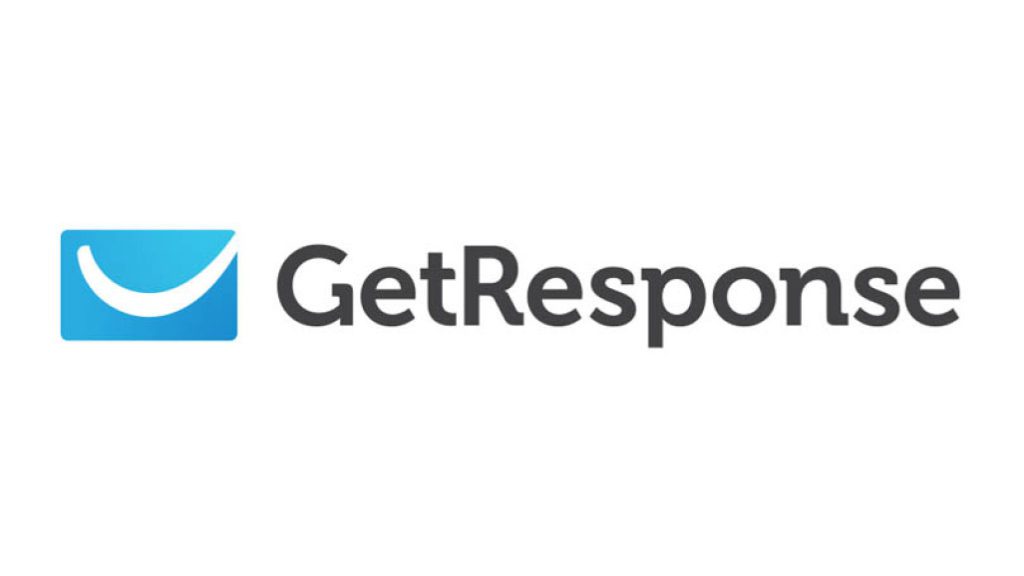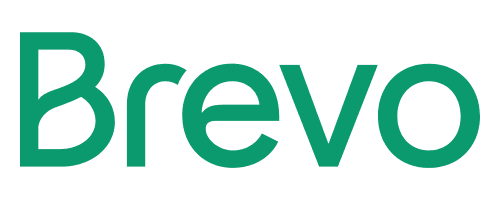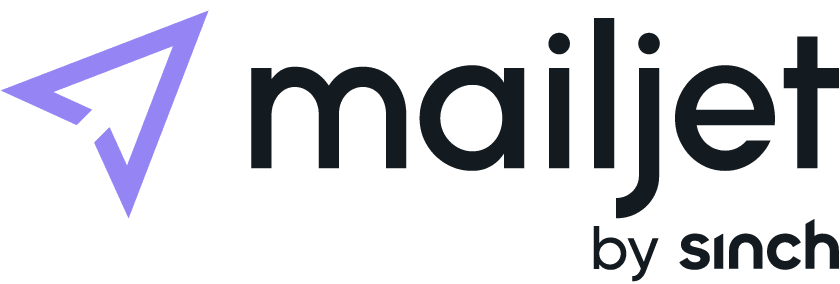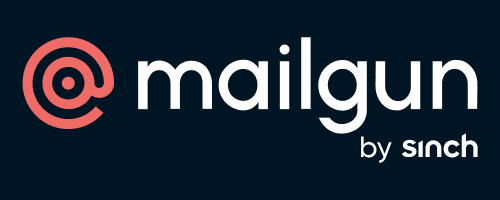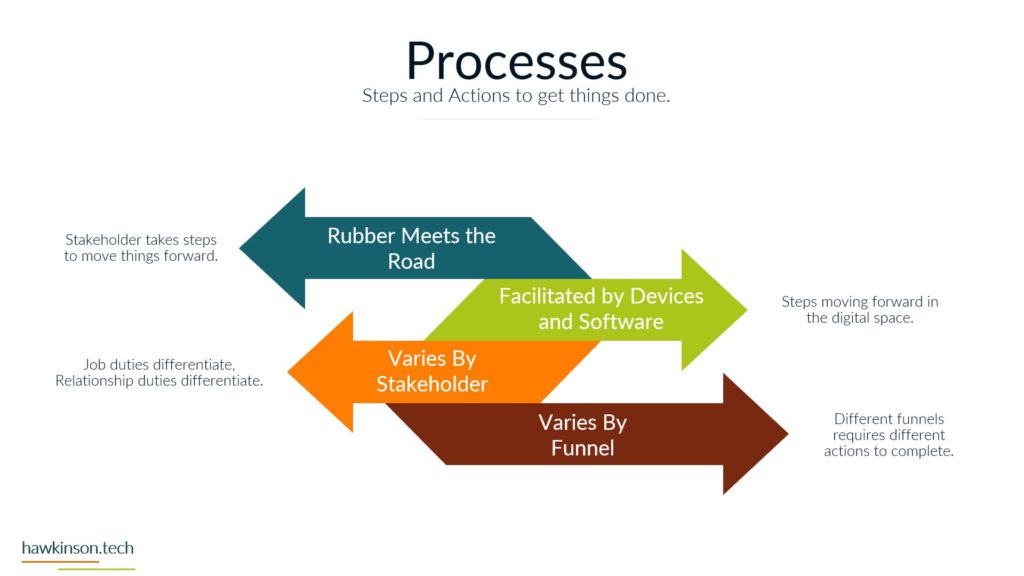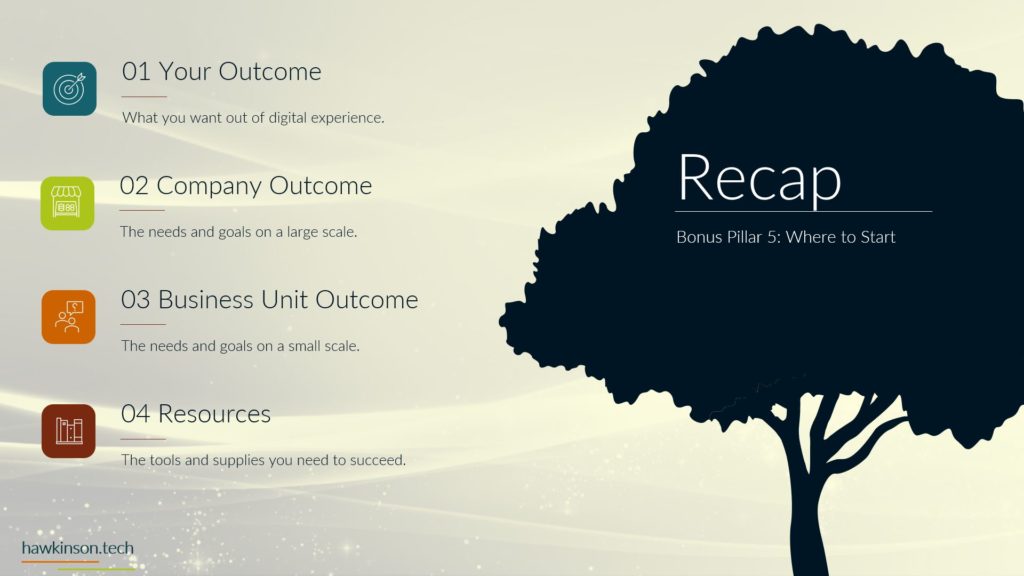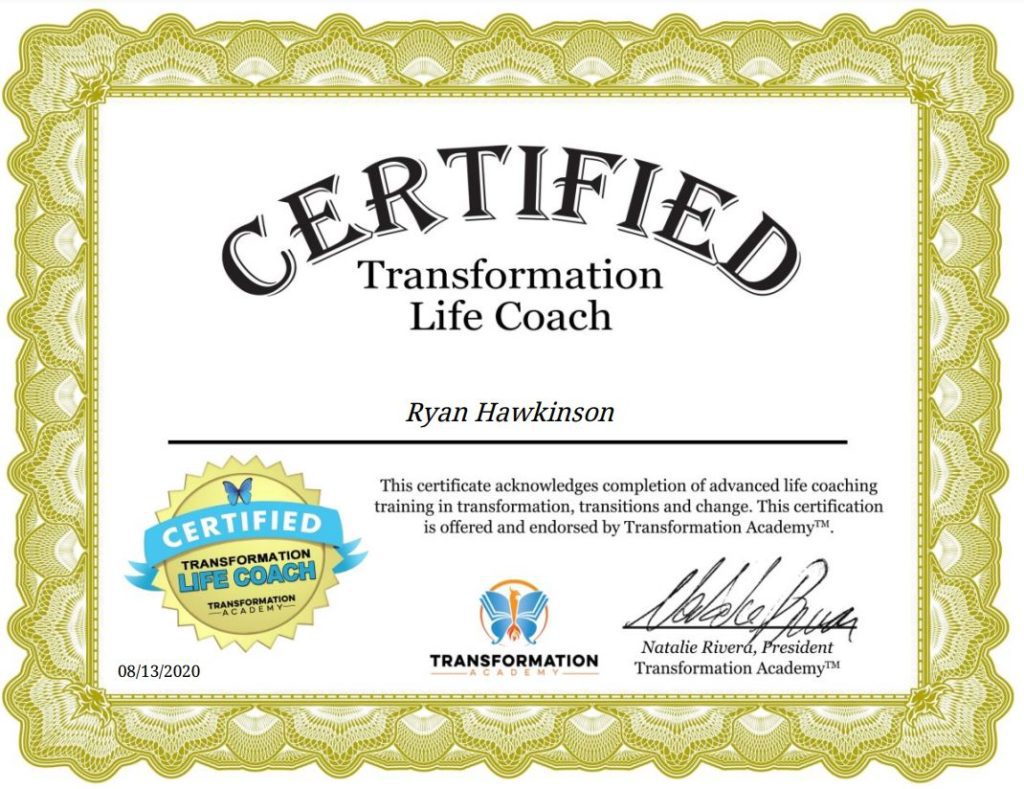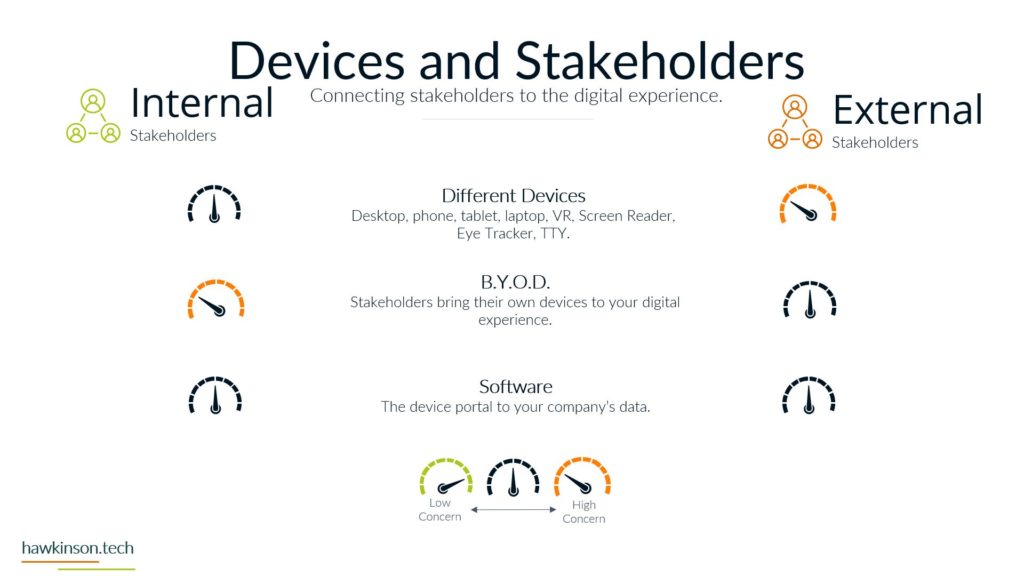Email marketing automation allows businesses to send subscribers targeted, personalized, and timely messages. It enables marketers to create, schedule, and manage email campaigns more efficiently, ultimately driving better results.
In this article, we’ll explore the various processes involved in email marketing automation, the tools available to marketers, and the steps to take when choosing the right tool for your business.
Email Marketing Automation Processes
Email marketing automation involves a series of processes to create, send, and track email campaigns. These processes include:
Segmentation:
Segmentation allows you to send your subscribers more relevant and personalized content, leading to higher open and click-through rates. You can segment your customers into different groups with shared interests.
Personalization:
Personalization involves tailoring your email content to suit each subscriber’s individual needs and preferences. This can include using the recipient’s name, location, or past purchase history to create a more engaging and relevant message.
Triggered Emails:
Triggered emails are sent automatically based on specific actions taken by your subscribers. For example, you can set up a triggered email to be sent when a new user signs up for your newsletter, when a customer abandons their shopping cart, or when a subscriber clicks on a particular link in your email.
Drip Campaigns:
Drip campaigns are a series of pre-written emails sent to subscribers over a set period. These campaigns are designed to nurture leads, educate subscribers, or promote a specific product or service.
A/B Testing:
A/B testing involves sending two or more variations of an email to a small portion of your subscribers to determine which version performs better. This allows you to optimize your email campaigns for higher open rates, click-through rates, and conversions.
Analytics and Reporting:
Email marketing automation tools provide detailed analytics and reporting features that allow you to track the performance of your campaigns. This includes metrics such as open rates, click-through rates, and conversions, as well as more advanced analytics like subscriber engagement and revenue attribution.
Overview of Email Marketing Automation Tools
This section will delve deeper into the features, benefits, and unique aspects of the popular email marketing automation tools mentioned earlier. By understanding the nuances of each tool, you can make an informed decision on which platform best suits your needs.
Mailchimp
Mailchimp is a widely used email marketing platform that caters to businesses of all sizes. Its automation features are designed to help you easily create and manage effective email campaigns.
Mailchimp offers a robust segmentation engine that allows you to create highly targeted audience segments based on demographics, behavior, and engagement. Additionally, you can personalize your emails using merge tags, dynamic content, and predictive insights based on subscribers’ preferences.
With Mailchimp, you can set up automated email workflows based on specific triggers, such as sign-ups, abandoned carts, or product recommendations. You can also create time-based drip campaigns to nurture leads or onboard new customers.
Mailchimp provides a comprehensive A/B testing feature that allows you to test different subject lines, content, and send times. It also offers in-depth analytics and reporting, including open rates, click-through rates, and revenue attribution, to help you optimize your campaigns.
Mailchimp’s user-friendly interface includes a vast library of pre-built templates and a drag-and-drop email builder. Furthermore, it integrates with numerous third-party apps and services, such as CRM systems, ecommerce platforms, and social media networks.
ActiveCampaign
ActiveCampaign is an all-in-one marketing automation platform combining email, CRM, and sales automation. It is designed for businesses looking to streamline their marketing and sales processes.
ActiveCampaign offers a powerful segmentation engine that allows you to create dynamic segments based on multiple criteria, including custom fields and tags. You can also personalize your emails using conditional content and dynamic variables.
With ActiveCampaign, you can set up automation workflows with various triggers, actions, and conditions. This enables you to create complex and highly targeted email sequences that respond to subscribers’ behavior and engagement.
ActiveCampaign includes a built-in CRM system that helps you manage and track your contacts, deals, and tasks. The platform also offers sales automation features, such as lead scoring, automated follow-ups, and deal pipelines, to help you streamline your sales process.
ActiveCampaign provides detailed analytics and reporting features, including campaign performance, contact engagement, and revenue attribution. You can also create custom reports and dashboards to analyze your data further.
Sendinblue
Sendinblue is an email marketing and marketing automation platform focused on simplicity and ease of use, making it an excellent choice for small businesses and beginners.
Sendinblue offers basic segmentation features, allowing you to create targeted lists based on demographics, behavior, and engagement. You can also personalize your emails using dynamic content and merge tags.
With Sendinblue, you can set up simple automation workflows based on specific triggers, such as sign-ups, abandoned carts, or page visits. The platform also supports time-based drip campaigns for lead nurturing or onboarding.
Steps to Choose the Right Email Marketing Automation Tool
When selecting an email marketing automation tool for your business, there are several factors to consider:
- Features and Capabilities: Determine the features and capabilities that are most important to your business. This may include segmentation, personalization, triggered emails, A/B testing, analytics, and reporting. Make sure the tool you choose offers the features you need to create and manage your email campaigns effectively.
- Ease of Use: Consider how user-friendly the tool is, as this will impact the efficiency of your email marketing efforts. Look for a platform with an intuitive interface, easy-to-use email builders, and helpful resources such as tutorials and support documentation.
- Integration: Ensure the tool you choose integrates with your existing systems and tools, such as your CRM, ecommerce platform, or website builder. This will help streamline your marketing efforts and ensure a seamless experience for your subscribers.
- Pricing: Compare the pricing of different email marketing automation tools to find one that fits within your budget. Consider factors such as the number of subscribers, the volume of emails you send, and any additional features or add-ons you require.
- Customer Support: Evaluate the level of customer support offered by each platform, as this can significantly impact your overall experience. Look for a tool that provides responsive and helpful support and resources such as knowledge bases, tutorials, and community forums.
- Reviews and Testimonials: Research reviews and testimonials from other users to gain insight into the performance and reliability of each tool. This can help you make a more informed decision and ensure you choose a platform that meets your needs and expectations.
In conclusion, email marketing automation is a powerful strategy to help businesses streamline their email campaigns, improve subscriber engagement, and drive better results. By understanding the processes involved, exploring the available tools, and following the steps outlined above, you can choose the right email marketing automation tool for your business and unlock the full potential of your email marketing efforts.








